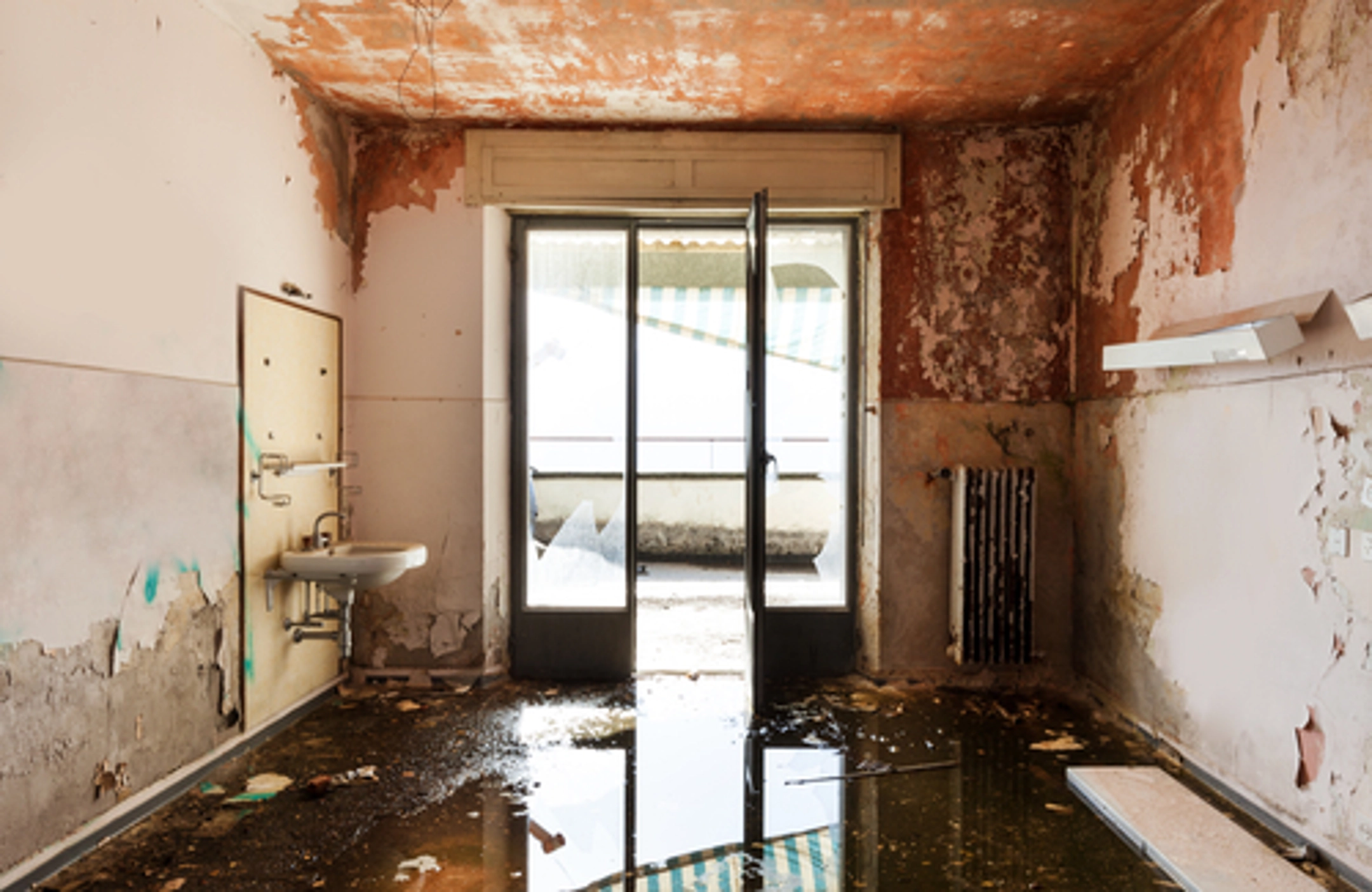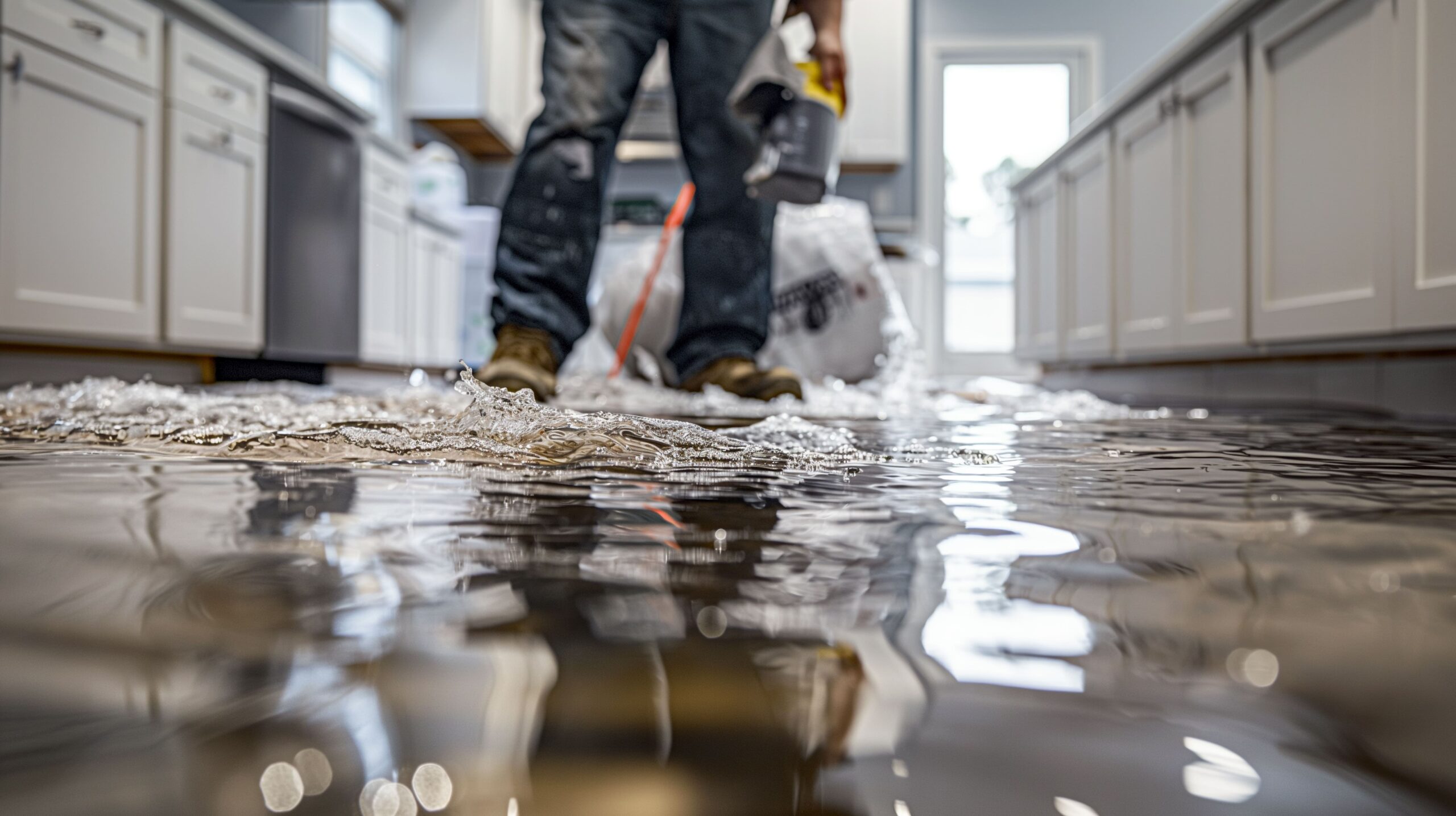Crucial Actions to Adhere To for Efficient Water Damage Repair in your house
When encountered with water damages in your house, understanding the essential actions for reliable remediation can make all the distinction. You require to evaluate the damages and warranty security prior to dealing with the issue. Quiting the resource of water is important, however it's just the start. As soon as you have actually managed that, there's a collection of activities you need to take to protect your home from additional problems. Allow's discover what you must do next.
Analyze the Damages
When you uncover water damage in your house, the primary step is to examine the damage thoroughly. Beginning by determining the resource of the water invasion. Examine for leaks, ruptured pipes, or various other concerns triggering the problem. Next, check out the impacted locations for visible signs of damages, including discoloration, bending, or mold and mildew growth. Do not neglect to look in hidden areas like behind wall surfaces or under flooring, as water can leak right into these locations unnoticed.Document the damages by taking clear images and notes. This will assist you when discussing the situation with your insurance coverage company or repair professionals. Focus on the type of products influenced, as different products require various restoration approaches. Review the degree of the damage. Is it considerable or minor? Understanding the extent will guide you in choosing whether to manage it on your own or hire the specialists for a much more comprehensive restoration process.

Guarantee Safety
Prior to you start any reconstruction job, assuring your safety is crucial. First, analyze the problem of your home. If the water's deep or if you notice electrical dangers, do not enter the location. Switch off the electrical energy and gas supply to stop mishaps. Put on safety gear like boots, handwear covers, and masks to shield yourself from impurities or mold.It's essential to remain knowledgeable about your surroundings; look for slippery surface areas and sharp things. Treat it as dangerous waste if the water is from a sewage back-up. Maintain animals and children far from influenced locations to prevent exposure.Once you've taken these precautions, you can continue with the reconstruction procedure. Remember, your safety precedes, and if you're ever uncertain, it's best to consult a professional. Taking these actions will certainly assist assure you're all set to take on the repair securely and successfully.
Stop the Resource of Water
After ensuring your safety, the following step is to stop the resource of water. Identify where the leakage is coming from. Maybe a burst pipeline, a malfunctioning device, or perhaps heavy rain going into via a damaged roof. If it's a pipes issue, transform off the primary supply of water to your home to avoid additional flooding. For devices, unplug them and shut down their water supply valves.If the source is outside, like rain, attempt to divert it away from your home making use of sandbags or other barriers. For small leaks, you might be able to use tape or a sealant temporarily until a professional can repair it. Bear in mind, resolving the source promptly is vital to lessening damage and preventing mold development. As soon as you've quit the water, you'll be in a much better setting to proceed to the next action in the restoration procedure.

Remove Excess Water
Act quickly to get rid of excess water, as standing water can cause much more extensive damages and mold and mildew development. First, gather your tools: a wet/dry vacuum, buckets, and towels. If the water is shallow, you can use towels to saturate up the moisture. For much deeper water, a wet/dry vacuum is your best option. Make certain to clear the vacuum often to stay clear of overflow.If the water is polluted, like from a sewer back-up, wear safety equipment, including masks and handwear covers, to maintain yourself risk-free. Once you've removed as much water as possible, look for hidden pockets of wetness in edges and under furnishings, as these can nurture mold.Don' t forget to switch off electric appliances and power outlets in wet locations to stop risks. This first action is vital in decreasing damage and setting the stage for an effective restoration process.
Dry and Dehumidify the Area
It's important to completely dry and evaporate the location thoroughly once you've eliminated the excess water. Begin by utilizing dehumidifiers properly to draw dampness out of the air and stop mold and mildew development. Watch on moisture degrees to ensure the area dries entirely.
Get Rid Of Standing Water
To properly take on water damages, you require to concentrate on getting rid of standing water as promptly as feasible. Beginning by collecting needed devices, like a wet/dry vacuum or a pump, depending upon the volume of water. If the water is shallow, a vacuum ought to do the technique. For larger quantities, a pump is extra reliable. While functioning, make certain to use safety gear to keep yourself safe from contaminants. As you eliminate the water, take note of hidden areas like under furniture or in edges where water might gather. As soon as you've eliminated the bulk, your space will start to dry out. This step is essential, as lingering water can lead to mold and mildew development and a lot more considerable damages.
Usage Dehumidifiers Properly
Exactly how can you successfully use dehumidifiers to dry and dehumidify your space? Start by placing your dehumidifier in one of the most afflicted location, preferably where water damage is most severe. See to it to shut all doors and windows to produce a closed setting. Activate the dehumidifier and established it to the ideal moisture level, usually around 30-50%. Vacant the water collection storage tank often, or think about using a model with a continuous drainage alternative for convenience. Ideally, use followers to boost air movement, helping the dehumidifier work more successfully. Keep the dehumidifier running up until you're certain that the location is thoroughly dried, preventing mold development and added damage (Water Damage Repair). This step is vital for reliable water damages restoration
Screen Moisture Degrees
Surveillance moisture levels is vital throughout the drying out procedure, as it helps guarantee your area continues to be without excess wetness. Purchase a reliable hygrometer to track humidity properly. Ideally, you wish to preserve degrees between 30% and 50%. You might need to readjust your fans or dehumidifiers to enhance air movement if humidity readings increase over this range. Inspect the readings on a regular basis, specifically in locations vulnerable to wetness, like cellars or bathrooms. Consider increasing ventilation or utilizing additional dehumidifiers if you notice persistent high humidity. Remaining on top of these levels not only speeds up the drying out procedure yet also avoids mold development, guaranteeing your home keeps secure and comfy.
Clean and Disinfect Affected Surfaces

Recover and Repair Your Home
After cleansing and sanitizing the affected locations, it's time to bring back and fix your home. Begin by examining the damage. Look for structural concerns, like deteriorated walls or floorings, and address any kind of required fixings. Replacing harmed drywall or flooring is essential for both visual appeals and safety.If your furnishings or possessions were influenced, consider whether they can be recovered or need substitute. Tidy or expertly restore products where possible.Next, paint walls and touch up any locations that require interest. This not just improves look yet likewise protects surface areas from future water damage.Don' t fail to remember to examine your plumbing and devices for leaks, making certain everything's operating appropriately. Think about installing a dehumidifier to stop future moisture concerns. By taking these actions, you'll recover your home to its previous magnificence and create a more secure living atmosphere.
Regularly Asked Questions
The Length Of Time Does Water Damage Reconstruction Usually Take?
Water damages restoration usually takes anywhere from a couple of days to numerous weeks, depending on the degree of the damage (Water Damage Repair). You'll intend to evaluate the scenario quickly to lessen more problems and ensure appropriate reconstruction
Will My Insurance Cover Water Damage Remediation Expenses?
Your insurance coverage could cover water damages reconstruction expenses, yet it relies on your policy. Check your coverage details and call your insurance representative to clarify what's consisted of and what you require to file a claim.
Can I Handle Water Damage Reconstruction Myself?
You can handle water damages reconstruction on your own, yet it's crucial to examine the situation first. You may want to call experts if it's considerable. Always prioritize safety and ensure you've got the right tools.
What Are the Indications of Hidden Water Damage?
You may see signs of concealed water damages like deformed wall surfaces, stuffy smells, or staining. If your floorings feel spongy or you place mold and mildew, it's time to investigate further prior to the scenario gets worse.
Exactly How Can I Avoid Future Water Damages in My Home?
To avoid future water damage in your home, you need to on a regular basis examine pipes, seal splits, maintain gutters, and guarantee appropriate drain. Installing a sump pump and wetness barriers can additionally assist maintain your area dry. When you uncover water damages in your home, the initial step is to analyze the damages thoroughly. Act swiftly to get rid of excess water, as standing water can lead to more comprehensive damages and mold growth. To efficiently tackle water damage, you need to focus on eliminating standing water as rapidly as possible. As you remove the water, pay attention to concealed locations like under furnishings or in corners where water may accumulate. Water damages remediation generally takes anywhere from a couple of days to numerous weeks, depending on the extent of the damages.